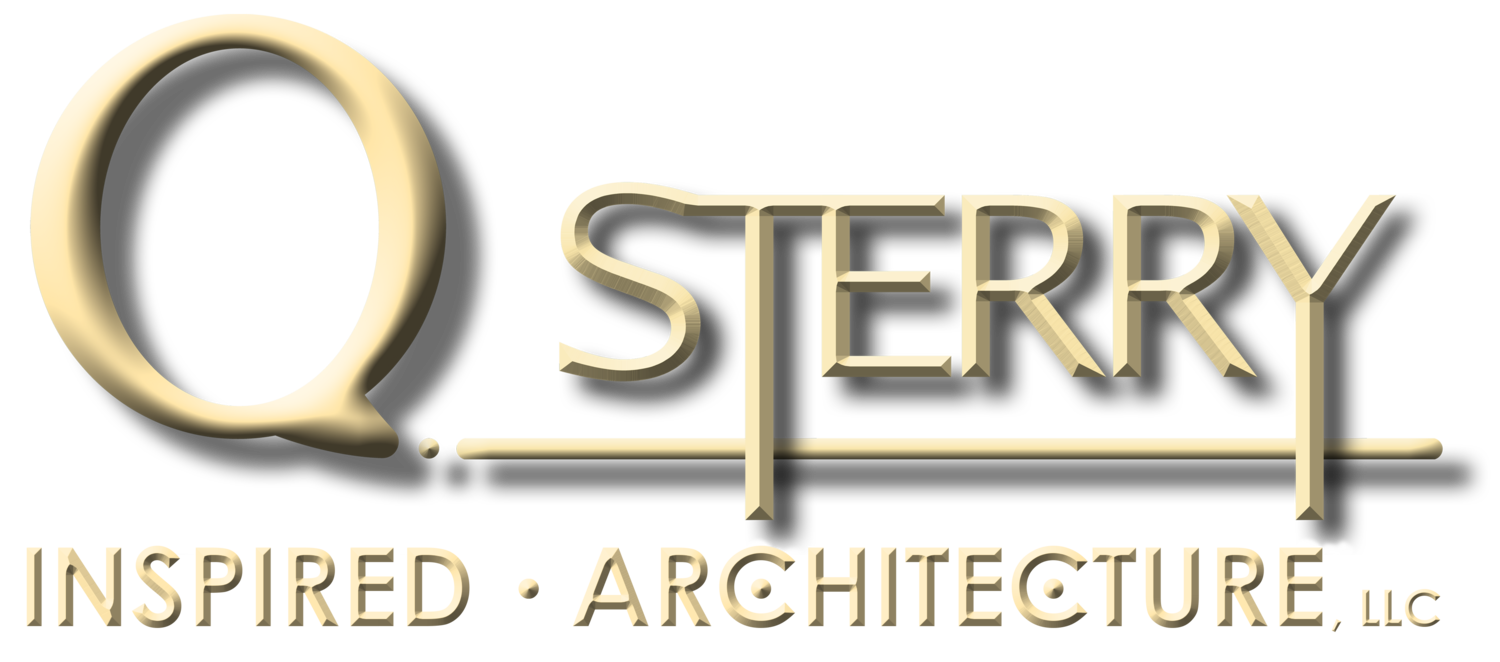The Influence and Advantages of Geometric Shapes in Architecture
Architecture is often framed as both an art and a science, perhaps it is somewhere in-between. The process creating buildings and structures results in the world around us; our city, town, and urban landscapes are all products of this process. A defining characteristic of architectural design is centered around geometric figures. These concepts have been fundamental to architectural design through history, culture, and context. We’re going to explore some of the ways shapes influence the landscape of architecture design today. Structure relies heavily on this facet of formal shape-driven character, and many people measure a structure’s quality by visual expression and functionality.
The Influence and Advantages of Geometric Shapes in Architecture
Geometry deals with the relationships between surfaces, points, lines, and varying dimensional framing. Geometry is a structural guidance that shapes the world around us, represented by different architects, artists, craftspeople, scientists, and mathematicians. There is much to observe in the way of shapes in the world around us today.
Geometric architecture serves to contribute to the foundational methodology of mathematical and perceptible proportional harmony in buildings, maximizing the use of space and economizing building materials in the process of efficient design. This approach to architecture simplifies the calculation of structural load and considers its relationship with the logic of construction - resulting in buildings that can be aesthetically pleasing, structurally sound, and economically viable.
The usage of shapes by architects can emphasize the structure’s design within a context, or can differentiate specific structural elements. The perspective and execution on design elements can convey a range of symbolic and cultural values, impacting the atmosphere and meaning of the space. Structural expression can enhance a space’s character and interior form, showing the logic of a building’s construction and load bearing properties. Geometric influences result in a variety of different user experiences and meanings when appropriately incorporated into a building’s design and form.
Application and Presence of Shapes
Let's explore how different shapes are utilized in architecture; each lending its unique character, possible symbolism, and functional advantages to the overall design and structure.
Pyramids / Cones
The pyramid dates to ancient civilization, an example of geometric design and intention. The structure peaking at its apex has been viewed as a way to demonstrate pride and power historically, although contemporary projects are using this shape as a way of disarming such meanings. Its design has the advantage of stability as it directly reflects the static-load it carries. Examples include temples, towers, and the pyramids. There exist many advantages when proposing a semi-pyramidal structure as the daylighting opportunities in the form of toplighting-sidelighting are abundant.
Rectangles / Cubes
Cubic shapes can be harmonious and stable. This makes these shapes a go-to choice in contemplating design as they provide semi-predictable structural considerations. Further advantages include energy efficiency and maximum use of space. Examples are all around of rectangular and cubic structures, they are common across the world. They exist structurally in packaging, furniture, schools, toys, etc. They provide a structural basis for formal expression in many circumstances; the act of breaking from the rectalinear form is in itself a point of interest. To deal with shear and lateral forces, these structures are often triangulated or reinforced with another form of geometry which can create interest and expression.
Miscellaneous Polygons
Polygons vary in shape and invites insight as it is a more complex and layered formal typological expression. A polygonal derived design is often a creative canvas and can provide opportunities for architecturally expressive rooms and spaces. Buildings often include a mix of angles and structural components with such formal orders. These can be utilized structurally for a variety of purposes, but often are chosen as a break from rigid order.
Torus and Ovals
The torus shines in spaces utilized for collective experiences. Examples like courtyards, stadiums, and meeting rooms are influenced from the torus’s ability to wrap around the central focal point. Advantages are visibility, presentation, and communication. These forms also have negative historical connotations, critiques of the “panopticon” are abundant and for good reason. This form has been recently utilized in a variety of architectural projects as a reclamation of such negative meanings.
Timeless Influence
There is no “perfect shape” or “ideal form,” each has its uses and opportunities. Important decision making happens when every formal decision has purpose and relates to user experience and contextual response. This article demonstrates various ways in which these forms may take shape, but architectural interest develops from breaking such uniform forms. Evolutions in software capability gives greater accessibility to experiment with a variety of geometric forms. The fundamentals have shown up throughout time, and these developments carve out the potential for greater efficiency in building designs. Design efficiency and logic can be valuable tools in the architect’s toolbox, but the user experience of the space itself remains as the primary goal of any building.


